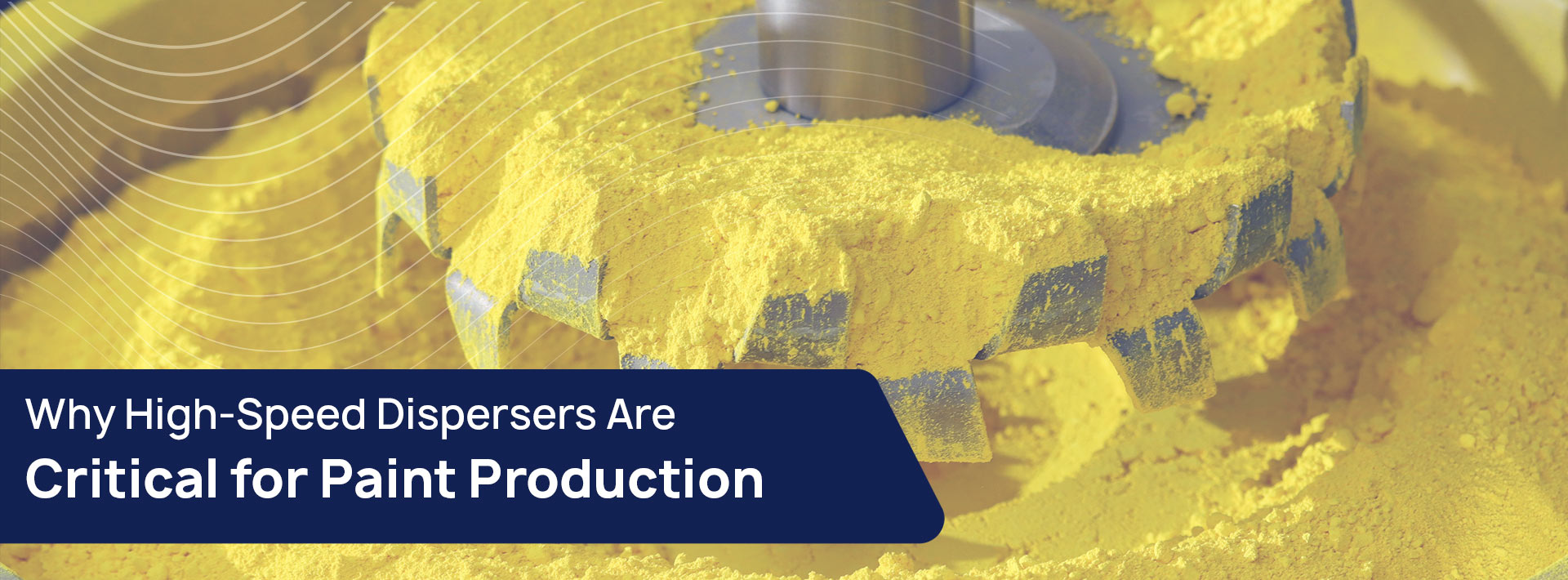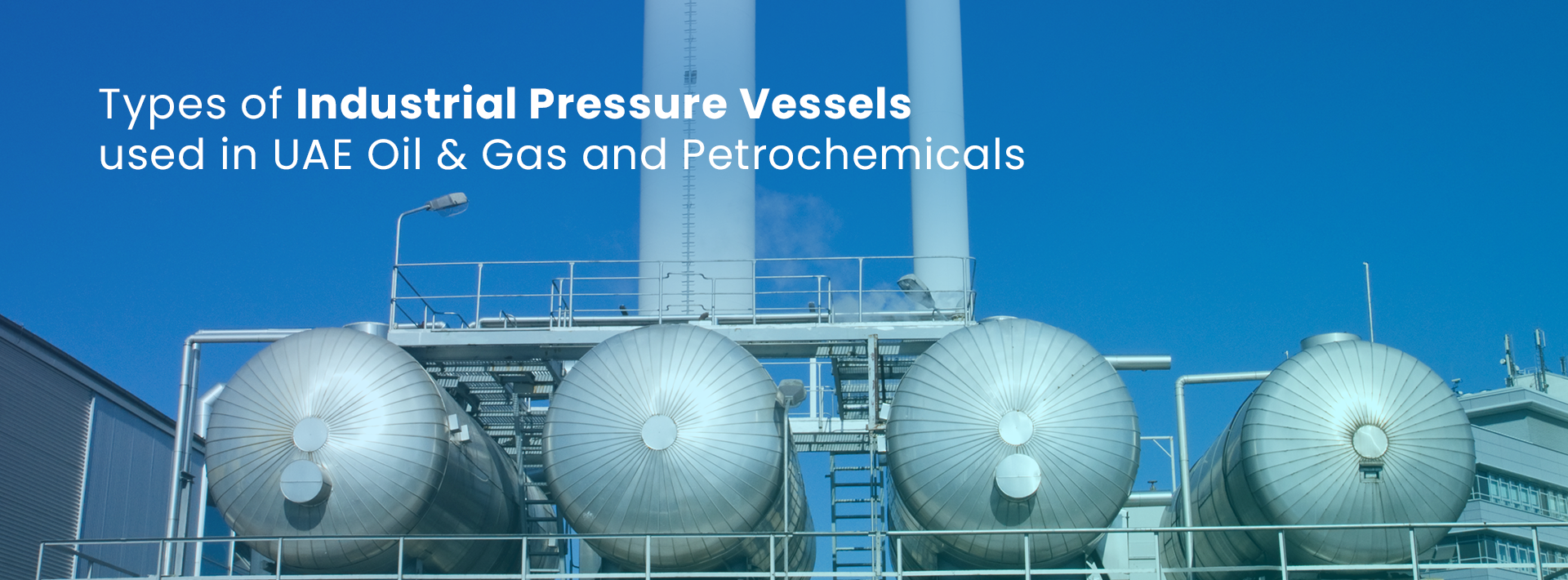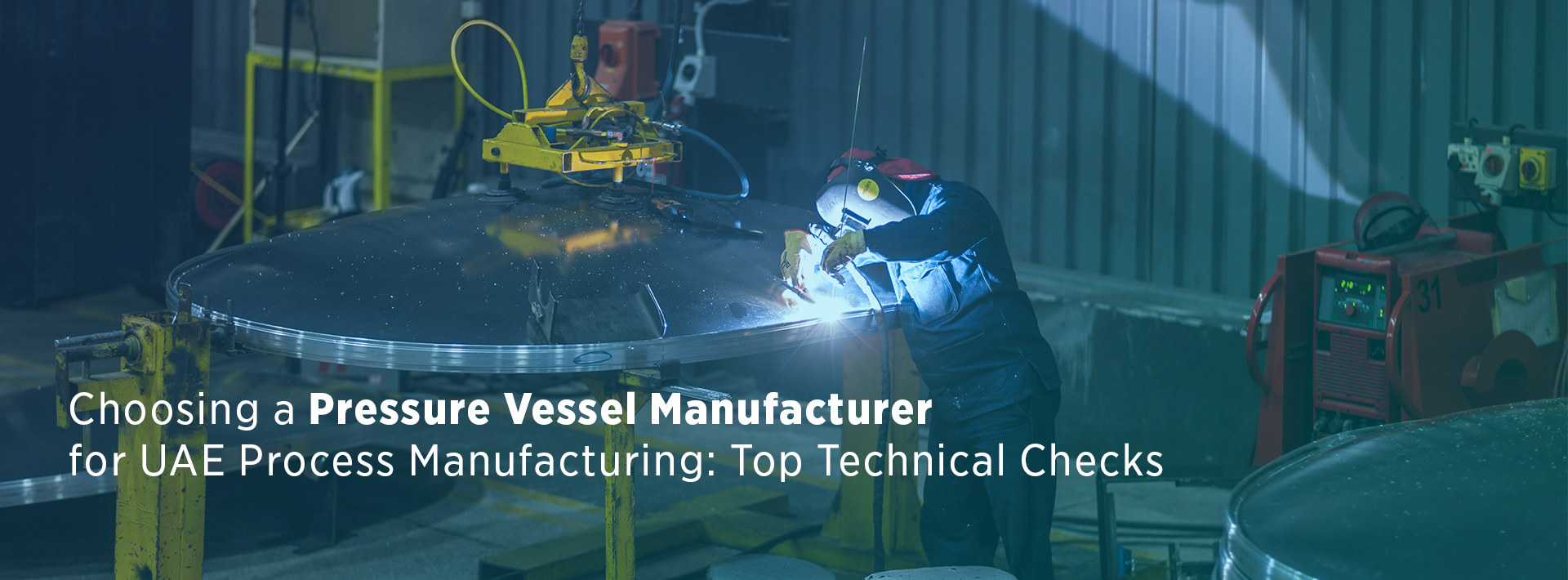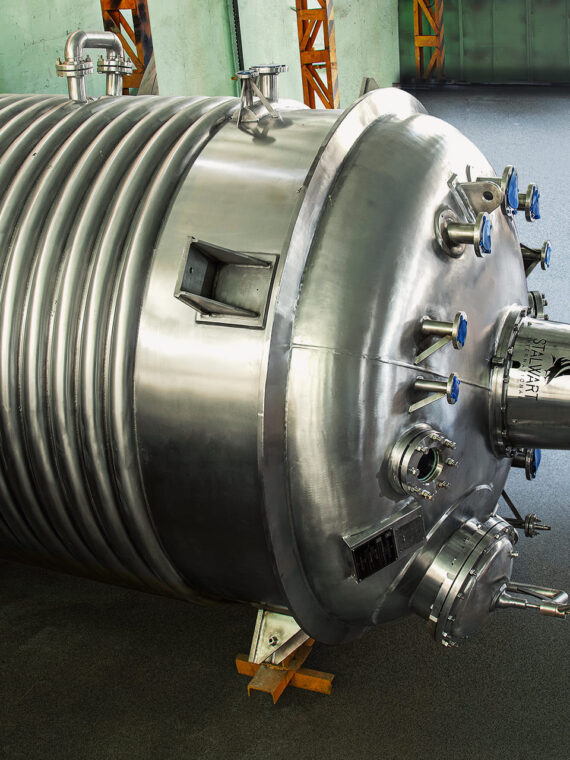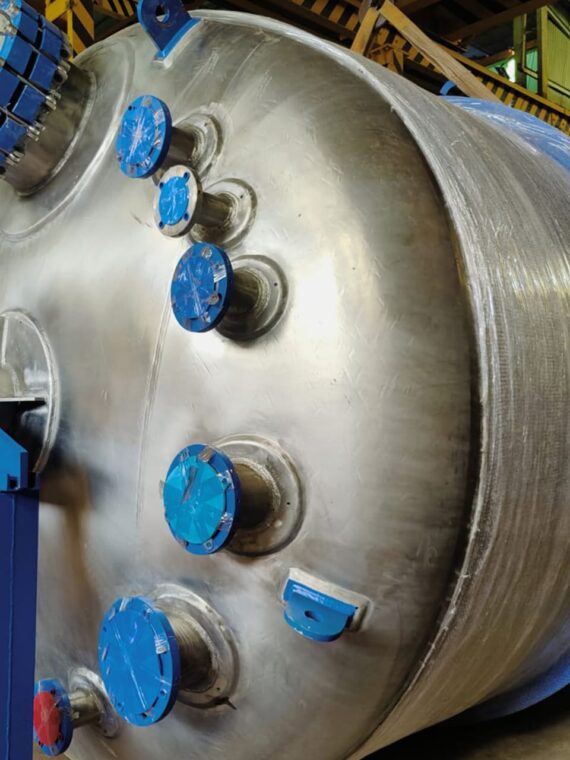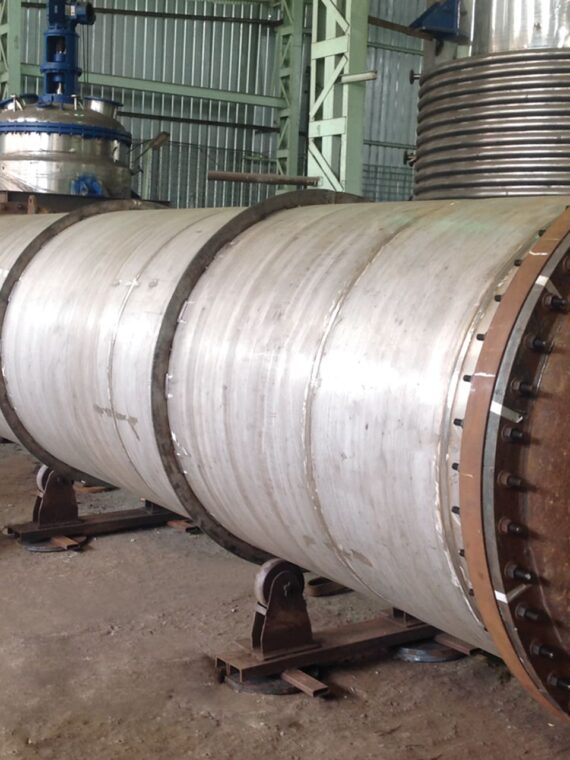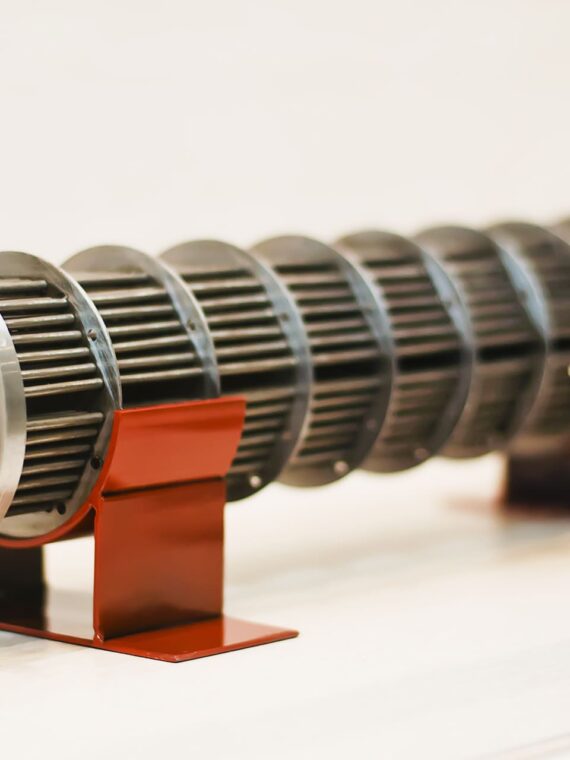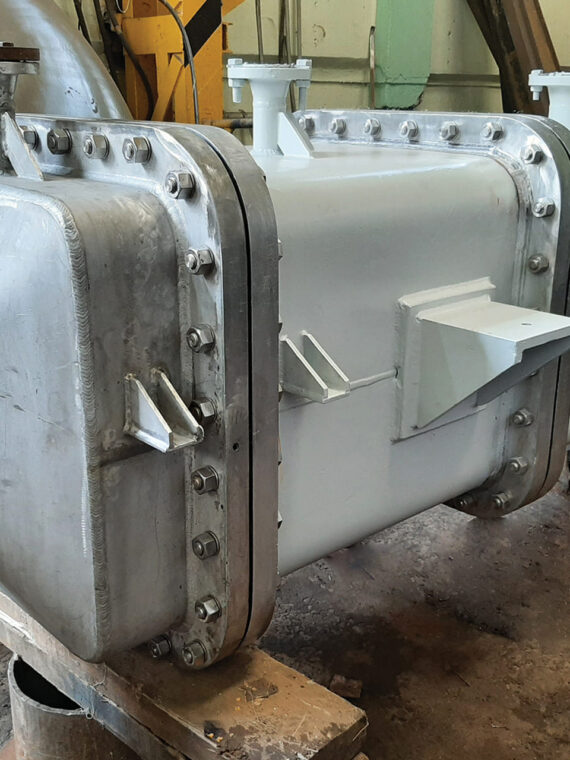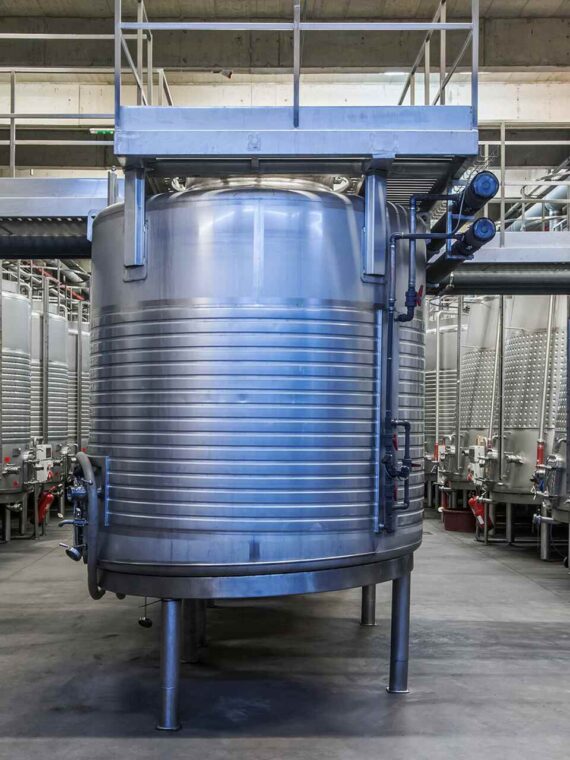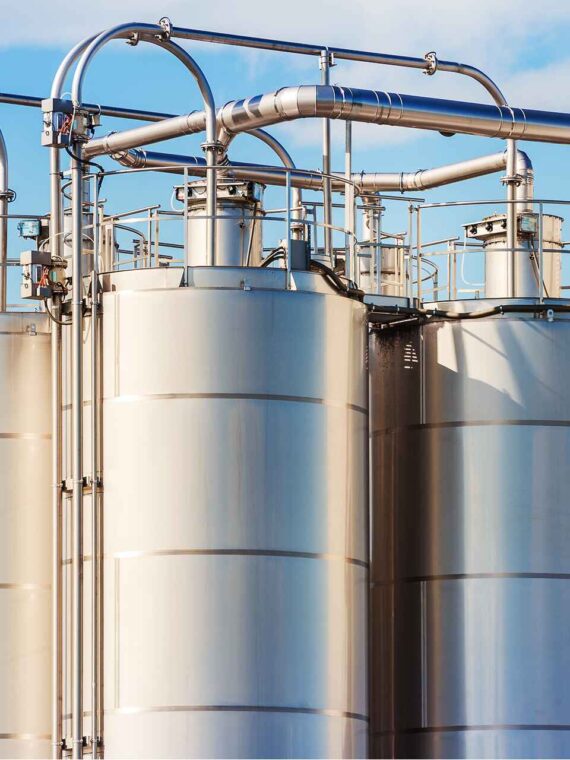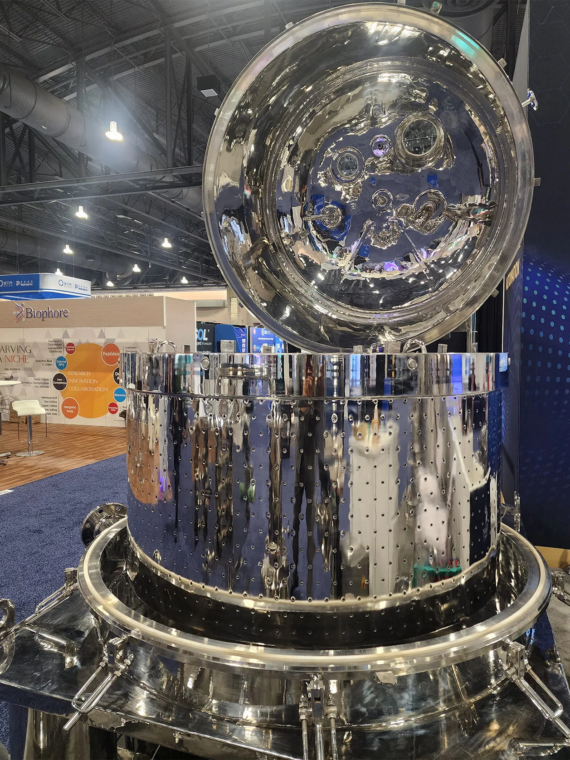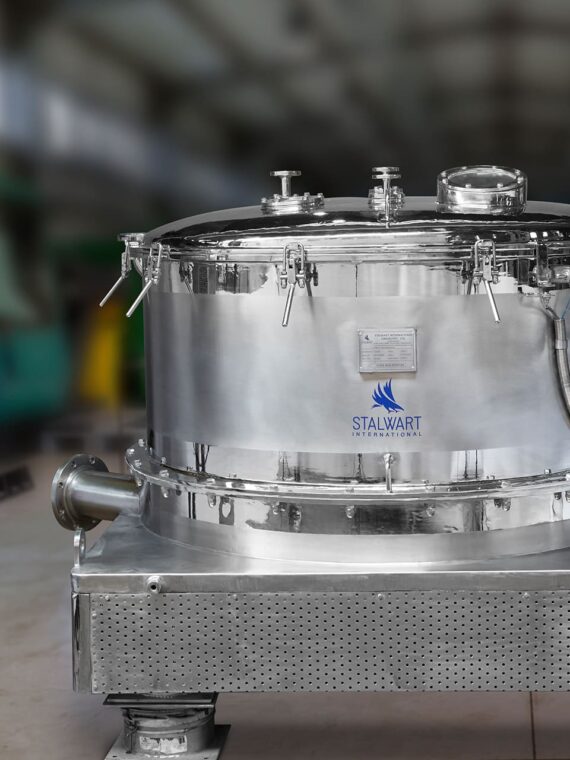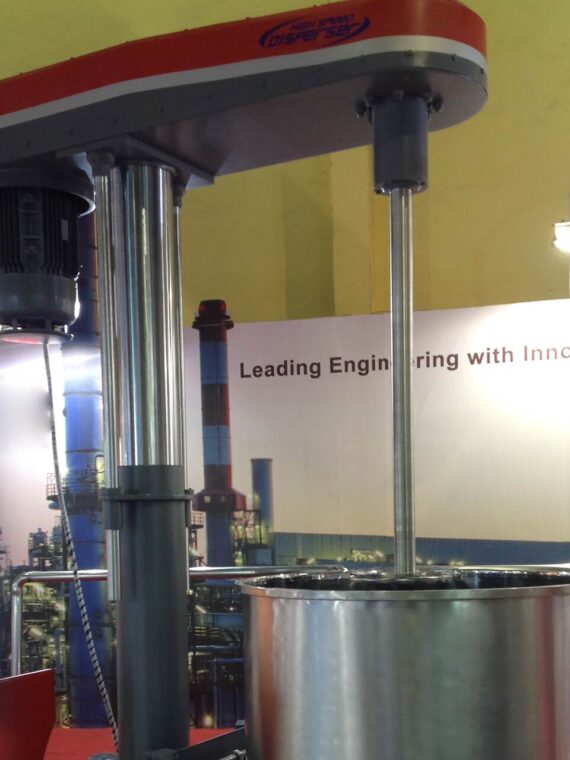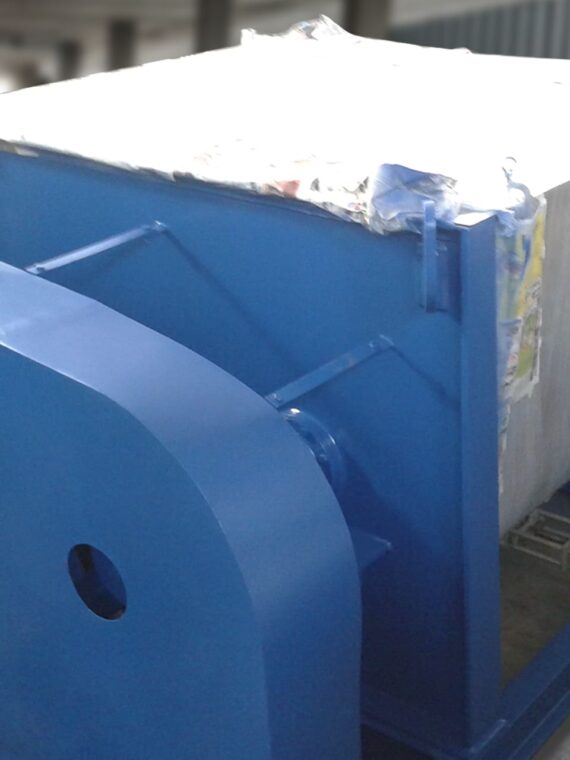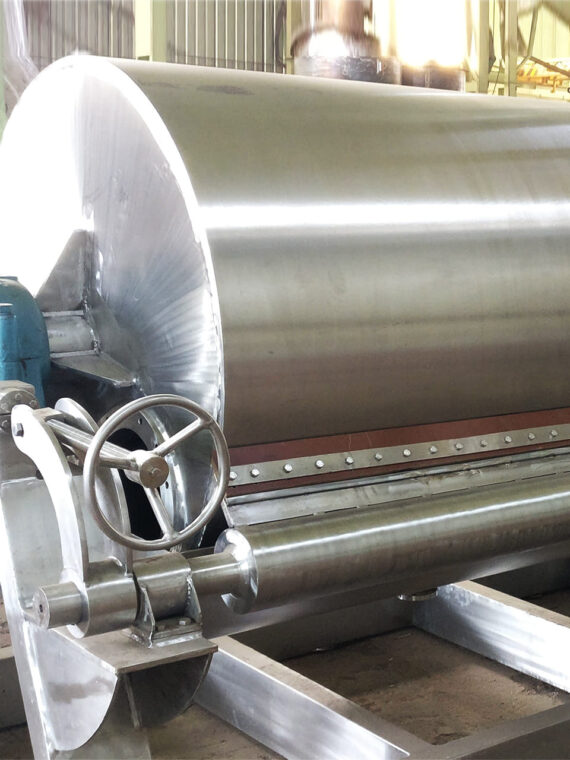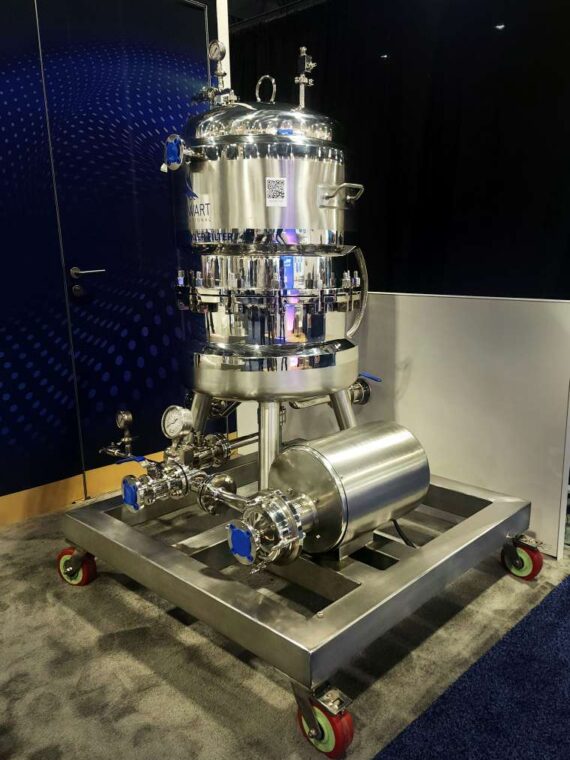Every business in a highly competitive paint manufacturing industry understands that there should be no lapses in efficiency, consistency, and quality. Every paint application goes through a thorough production process, and the high-speed disperser does most of the work in silence.
From emulsions to industrial coatings to varnishes, high-speed dispersers are a prerequisite for any paint. A single paint cannot be produced without such machines. Let’s explore their critical contribution to achieving excellence in paint production.
The Significance of High-Speed Dispersers
When paint is broken down, it contains a wide array of components, such as pigments, resins, solvents, and others. For proper suspension paint to be produced, all of the components should be mixed in the right proportions, which high-speed dispersers assist with.
High-speed dispersers are a subtype of industrial mixers that add liquids and remove them from solids. Every high-speed disperser comes with a rapidly revolving disc, also known as a Cowles Blade. This disc resembles a blade and creates a vortex to mix the materials optimally. The disc also creates a lot of shear forces that subdivide the clumps of pigments into smaller and uniformly spread pieces throughout the mixture.
This process ensures that:
- Streaks or patchiness will not occur since pigments are dispersed uniformly.
- Coverage, finish, and stability are increased due to the reduction of particle sizes.
- Enhancements in performance properties are added due to the proper mixing of resins and additives.
Without the step, paint would be non-uniform in color and texture, which would dramatically lead to customer dissatisfaction and product recalls.
Reasons of High-Speed Dispersers Are Critical for Paint Production
Saves Time and Improves Batch Consistency
One of the efficiency perks of high-speed dispersers is the record time it takes to reduce processing when compared to other processes. What might take hours in traditional mixing methods can often be accomplished in minutes using a disperser.
This change alone will manage time and mold production capacity. Manufacturers gain the ability to process more batches in less time, which is helpful during yearly demand or seasonal shop peaks.
Batch-to-batch consistency is another foremost perk. Each production run delivers the same quality due to the adjustable speed and torque from the dispenser’s speed to specific formulations. Brands and their consumers benefit from the blunder-free reliability.
Painting on Further Formulations
Expectations set by consumers alongside regulatory forms have constantly been raised over the walls. Changes have been and continue to be mandatory. Weather resistance, quick drying, volatile organic compounds emission, and multi-surface adhesion are the paints’ newfound required features.
High-speed dispersers augment these advanced formulations by:
- Managing low-shear primers all the way to thick, high-duty coatings
- Enabling the incorporation of anti-fungal thickeners, stabilizers, and UV additives
- Allowing control over temperature critical for heat-sensitive resins or solvents
- Operating under a vacuum to eliminate trapped air in some applicationsThis versatility makes them ideal for volume production by specialty manufacturers trying out new product lines.
Optimizing raw material use and reducing waste
When we talk about efficiency, it isn’t just about speed. Minimizing raw materials used is also a key focus. A dispersion that is too weak requires exorbitant pigment loading to reach color strength goals, raising costs.
In terms of production efficiency, high-speed dispersers enable the effective use of pigments and additives, avoiding material and raw pigment overuse. Such processes also encourage sustainable practices within a production cycle, which is often a concern for producers focused on environmental impact.
Spill and dust release prevention through closed systems in use with high-speed dispersers also boosts hygiene and safety within the workspace, a key requirement for modern manufacturing.
Scaling along with Your Business
High-speed dispersers come in many forms to suit your needs, from small-batch artisan paint brands to multinational giants. There are lab-scale dispersers for testing and R&D, as well as industrial implements that can be integrated into fully automated production lines.
As businesses scale, dispersers can add new features like:
- PLC automation for recipe-based mixing
- Data logging for quality control and traceability
- New access control panels for speed and time precision
These changes help manufacturers to remain agile for stiff competition in industries where innovation didn’t pause its a ceasefire.
The Bottom Line
While high-speed dispersers might not be the most attention-grabbing machines on the factory floor, their function in paint production is of the utmost importance. Without smooth, vibrant, and reliable paints that consumers trust, dispersers will remain a necessity.
By ensuring proper dispersion while speeding up production, enhancing formulation flexibility, and reducing material waste, the machines form pillars of quality and efficiency that need innovation in every can of paint designer.
As the paint industry continues to push boundaries in color, sustainability, and performance, the dispersers will remain the most central part of this evolution—mixing the future of coatings in quiet batches softly, one at a time.
FAQs
What is dispersant in paint production?
A dispersant is a chemical additive used in paint to evenly distribute and stabilize pigments and fillers in the liquid medium, preventing clumping and settling.
What is dispersion in the paint industry?
Dispersion in the paint industry refers to the process of breaking down pigment particles and evenly distributing them in a liquid medium to form a uniform and stable mixture.
What are the different types of dispersion paint?
Types of dispersion paints include acrylic dispersion paint, vinyl dispersion paint, and styrene-butadiene dispersion paint, each using different polymer binders for specific properties.
How does the production of paint affect the environment?
Paint production can impact the environment through VOC emissions, chemical waste, and water or air pollution if not managed with sustainable practices.
What is dispersion in manufacturing?
In manufacturing, dispersion refers to the process of distributing solid particles uniformly within a liquid or another medium to achieve consistency and performance in the final product.


